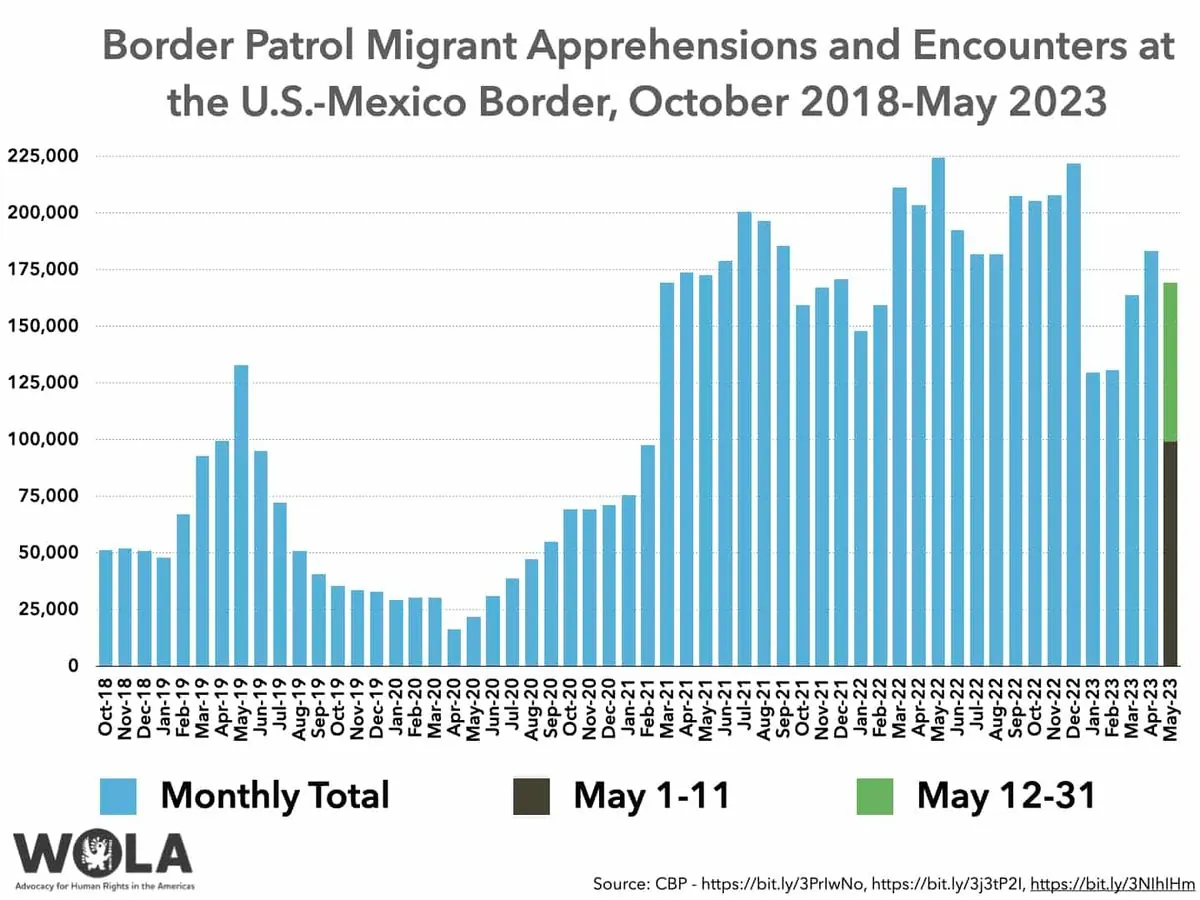Biden Administration Tightens Asylum Rules at Southern Border
The U.S. government is expanding asylum restrictions, extending the threshold period and including unaccompanied minors in daily counts. This move aims to maintain reduced border crossings amid political pressure.

The Biden administration has announced a significant expansion of asylum restrictions at the U.S.-Mexico border, effective October 1, 2024. This decision marks a continued shift towards stricter border control policies, reflecting the complex challenges faced by the administration in managing migration flows.
Under the new guidelines, the period during which illegal crossings must remain below 1,500 per day before asylum requests can be made has been extended from 7 to 28 days. Additionally, unaccompanied minors will now be included in the daily count. These changes aim to create a more lasting impact on border management, addressing concerns about short-term fluctuations in crossing numbers.
The Department of Homeland Security (DHS) reports that since the initial implementation of emergency procedures in June 2024, illegal crossings have decreased to approximately 1,800 per day, the lowest in four years. This reduction represents a significant change from the peak of nearly 250,000 monthly crossings recorded in December 2023.

The evolution of U.S. border policy reflects a complex history. The U.S. Border Patrol, established in 1924, has seen its role expand significantly over the decades. The modern asylum system, created by the Refugee Act of 1980, has faced increasing pressure as global migration patterns have shifted. The United States, as a signatory to the 1967 Protocol Relating to the Status of Refugees, maintains international obligations regarding asylum seekers.
"The asylum restrictions continue to significantly enhance the security of our border by increasing our ability to impose swift consequences for individuals who cross the southern border irregularly and do not establish a legal basis to remain in the United States."
This policy shift occurs against a backdrop of political pressure, with former President Trump maintaining a polling advantage on border security issues. The Biden administration's approach aims to balance strict border control with expanded legal migration opportunities, allowing about 75,000 migrants per month to enter the U.S. through "lawful pathways."
However, these policies face legal challenges. The American Civil Liberties Union (ACLU) and other advocacy groups argue that U.S. asylum laws guarantee due process for those with credible fear of persecution, regardless of their method of entry. This legal battle reflects the ongoing tension between border security concerns and humanitarian obligations.
The current situation at the U.S.-Mexico border, which spans approximately 1,954 miles, is part of a larger historical context. The first physical barrier along this border was constructed in 1909 in California, long before current debates on border walls. Over time, policies have evolved, from the controversial mass deportation programs of the 1950s to the Immigration Reform and Control Act of 1986, which granted amnesty to about 2.7 million undocumented immigrants.
As of 2024, the United States hosts the world's largest immigrant population, with over 50 million foreign-born residents. This demographic reality underscores the ongoing importance of effective and humane immigration policies. The U.S. Citizenship and Immigration Services processes about 7 million immigration applications annually, highlighting the scale of the administrative challenge.
The Biden administration's policy changes reflect an attempt to address a complex issue that has long been a point of political contention. As the situation continues to evolve, the balance between border security, humanitarian concerns, and international obligations remains a critical challenge for U.S. policymakers.


































